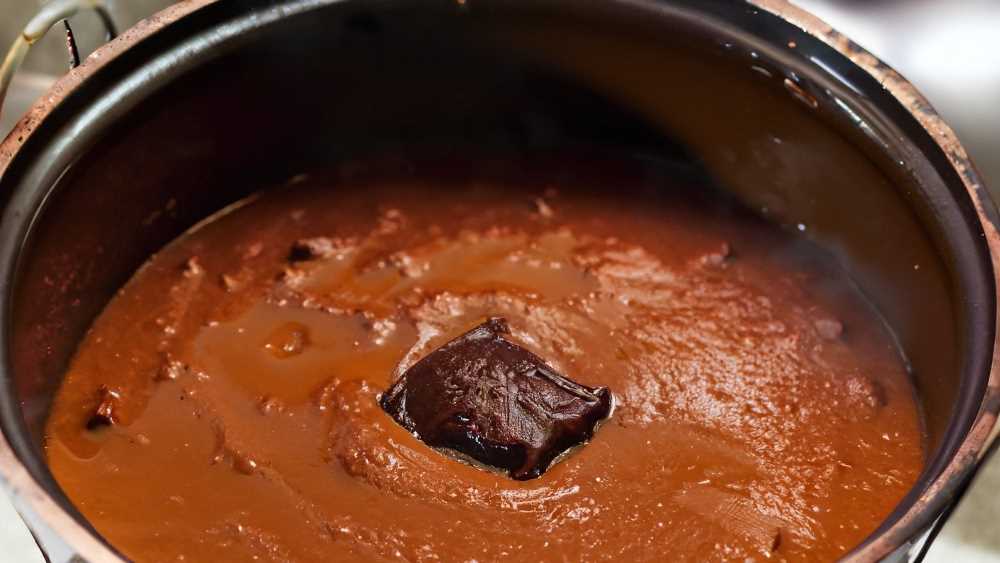How Listening to Your Food Can Make You a Culinary Guru
Discover the art of cooking through active listening! Learn how to gauge your dish's readiness by paying attention to its sounds and visual cues. Enhance your culinary skills and elevate your dishes to new heights.

Cooking is not merely a mechanical process of following recipes and executing steps; it is an art form that requires intuition, observation, and engagement with the ingredients. One crucial aspect of this culinary art is listening to the food as it cooks. Just as a conversation requires active listening to understand and respond appropriately, a cook must pay attention to the sounds and visual cues their dishes emit to gauge their readiness and ensure a delicious outcome.
The auditory signals of a cooking dish can provide valuable insights into its progress. Take, for example, the traditional Mexican dish, mole. As it simmers and thickens, it emits a low, bubbling sound. Experienced cooks know that this sound signifies that the mole is reducing and intensifying in flavor. Similarly, rice, when cooked to perfection, emits a distinctive popping sound. These auditory cues allow the cook to monitor the dish's progress without relying solely on timers or recipes.




